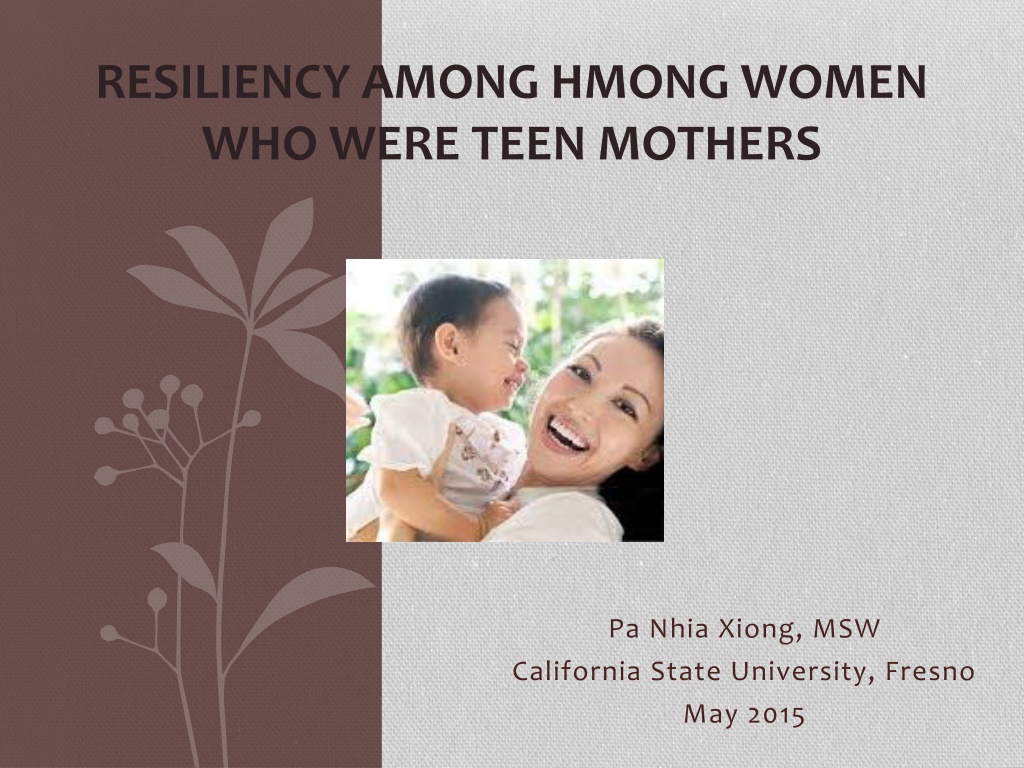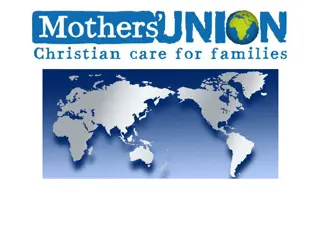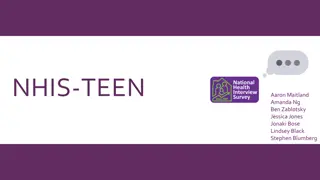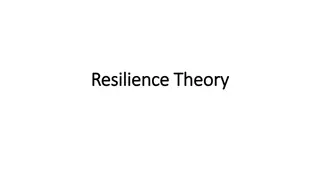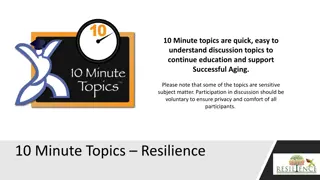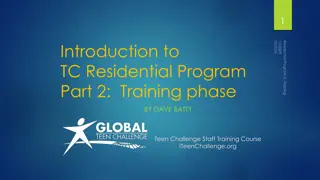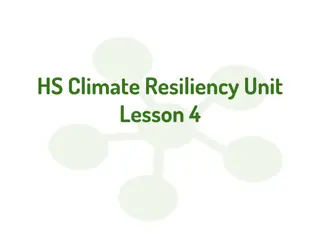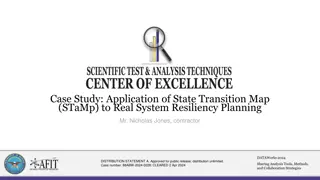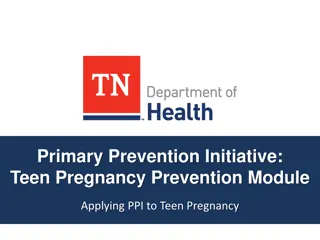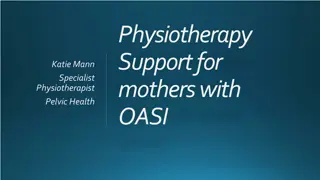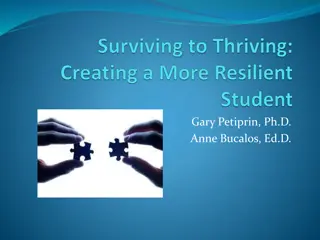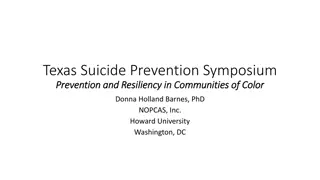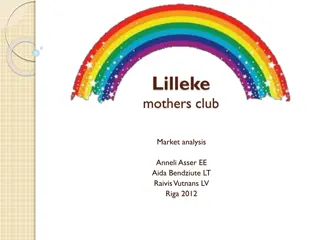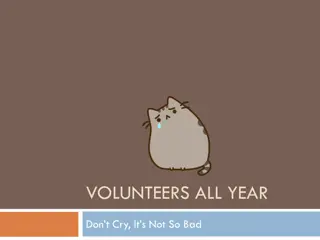Understanding Resiliency Among Hmong Teen Mothers
Explore the resiliency of Hmong women who became mothers during their teenage years, facing challenges such as high school dropout rates, juvenile delinquency, and poverty. Delve into theoretical frameworks like Resiliency Theory, Strength-Based Approach, and Self-Efficacy Theory to understand how these women cope and thrive despite adversity.
Download Presentation

Please find below an Image/Link to download the presentation.
The content on the website is provided AS IS for your information and personal use only. It may not be sold, licensed, or shared on other websites without obtaining consent from the author. Download presentation by click this link. If you encounter any issues during the download, it is possible that the publisher has removed the file from their server.
E N D
Presentation Transcript
RESILIENCY AMONG HMONG WOMEN WHO WERE TEEN MOTHERS Pa Nhia Xiong, MSW California State University, Fresno May 2015
Background on Teen Pregnancy & Parenting Social Problem in society Negative Statistics & Outcomes High School Dropouts Higher Rates of Juvenile Delinquency Substance Abuse / Mental Health Issues Poverty / Homelessness Welfare Dependents Child Welfare Involvement The Cycle of Poverty from generation to generation Occurs between ages 15 19 years old
Teen Pregnancy & Parenting Data In 2012, U.S. Department of Health and Human Services Research: 116,212 babies were born in the U.S. Female teenagers 15 -19 Asian/Pacific Islander Race = 11,981 (10.3%) babies California Alone 4,385 babies born to teens of all ethnic groups
Theoretical Framework 1) Resiliency Theory Resilience is defined as: The ability to successfully cope or bounce back regardless of substantial adversity. (Earvolino-Ramirez, 2007). The ability to bounce back from adversity; there is hope embedded in adversity and to believe in oneself that something positive will result from misfortunes. (Dyer & McGuinness, 1996). The ability to recover from illness, change, or misfortune. (The American Heritage Dictionary, p. 1534).
Theoretical Framework The Strength-Based Approach Our Clients stressed, voiceless, oppressed, abused, neglected To examine and build upon their skills and abilities to survive against great challenges, gain knowledge, access resources, obtain goals, and require desires in life that may contribute to their success. (Early & GlenMaye, 2000). It is believed that humans have the capacity to grow, change, and adapt in life. (Early & GlenMaye, 2000). Social Workers need to listen, understand, validate, and honor the clients strengths and build upon it. (Early & GlenMaye, 2000).
Theoretical Framework Self-Efficacy Theory Individuals beliefs in the capacity to successfully accomplish given tasks and the impact that self-belief have on motivation and achievement. (Bandura, 1993; Martin & Dowson, 2009). Personal self-efficacy is a strong factor in determining how a person thinks, feel, behave, motivate themselves, and how he/she functions in society. (Schultz, 2014). Academic Self-Efficacy Individuals who trust their capacities and efforts are more willing to try harder and put forth more effort toward academic achievement. (Jamal, 2014) It is not about the amount of skills that individuals have but it is how they use their existing skills to enhance their future. (Jamal, 2014).
Empirical Literature Hmong Women s Pursuit of Higher Education (Huster, 2012) 1990 2000 Census Data on Hmong students: 1) HS Graduation Rate 11% to 27% 2) Bachelor s Degree 3% to 12% 3) Master s Degree 1.5% 2010 Census Data on Hmong students: 1) Associate/Bachelor s Degree 25.9% 2) Master s Degree over 3% Hmong women are pursuing/achieving higher education despite academic and personal challenges in America.
Empirical Literature The Challenges of Hmong Early Marriages and Cultural Dilemmas (Vang & Her, 2014). The purpose of early marriages Cultural Norms Expectations of Hmong females Old Mates Factors that Prevent Hmong Women from Obtaining Higher Education (Vue, 2007). Discrimination/Stereotyping Educational System Teacher/Student/Classroom Segregation Cultural Challenges
Purpose Fill in the gap misinformation about minority teen mothers Highlight resiliency of minority teen mothers Empower minority teen mothers to have a voice in society Reduce and/or eliminate societal stereotypes about teen mothers
Research Questions 1) How do Hmong teen mothers become resilient against all odds? 1) What are the barriers to resiliency among Hmong teen mothers? 1) How does teen motherhood impact and shape Hmong women s overall quality of life?
Research Design & Methods A qualitative research method Phenomenological Framework Utilized a combination of snowball sampling and recruitment flyers Non-structured face-to-face & one-on-one interviews (1-2 hrs) Interviews were audiotaped Voluntary participation Each received Incentives: A $10 Starbucks Gift card A copy of the Thesis
Findings Demographics: 10 Hmong Females Fresno County Mothers before age 20 3 Participants between ages 18-28 7 Participants between ages 29-39 8 were born in the U.S. 2 were born in Thailand/Laos 10 were culturally married Education levels Family Income
Themes Traditional Family and Cultural Expectations The experiences of Becoming Teen Mothers Initial Reaction to 1stPregnancy Proving Society Wrong Challenges of Being A Teen Mother Role Models Goals That Were Put On Hold Most Rewarding Aspects In their Lives What Would They Change About Their Life Journeys?
Support Systems Husband Family Members (Biological and Extended) WIC Public Assistance Programs Social Workers/Job Specialist School Districts
Discussion Parental & cultural expectations Balancing traditional Hmong & Western cultures Driving forces & motivation The American dream Asian physicians VS other ethnic physicians Husbands putting their education on hold The reverse of gender roles within their marriage
Discussion Continued 2 Main Barriers to resiliency 1) Lack of financial support & resiliency-based programs 2) Lack of childcare centers on school campuses
Limitations Small sample size 10 participants Fresno County residence only All participants were culturally married, no unwed participant Hmong women only
Implications for Social Work Practice Micro Level Culturally Sensitive Social Workers Mezzo Level Programs need to be strength-based Macro Level Funding Sources Policy Changes Child Welfare System Foster youths AB12 Family Finding Programs
Recommendations for Future Research More research on teen mothers positive achievements More qualitative research/studies More future studies among diverse groups and both gender Advocate for resiliency-based programs for teen parents and their children Promote resiliency among teen parents Educate/Reduce/Eliminate stereotypes & discrimination
Motivational Quote Never stop dreaming because once you do, your future stops. Everyday, find the courage to put one foot in front of the other because the road seems bumpy and long...but once you re there...it s worth it.
